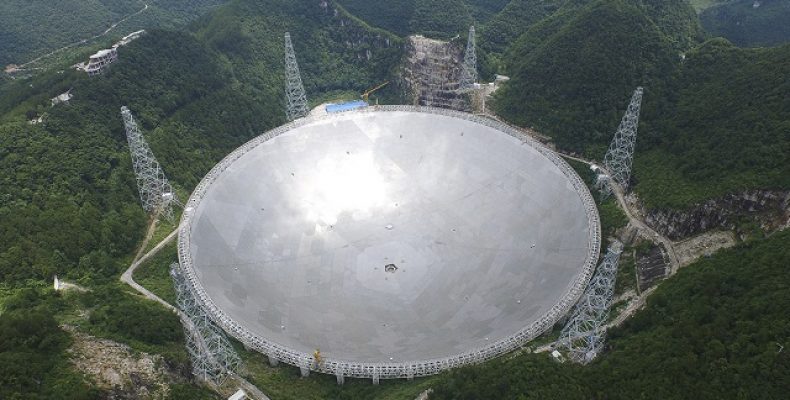Blog

Stanford Discovered an Elusive Neutron Star
New Neutron Star Discovered!
New for us but the neutron start may have been there in the sky for ages. An international collaboration taking two of the world’s most powerful telescopes found a neutron star light years away. What makes this news even more special is the fact that these two telescopes detected the world’s faintest pulsar ever. This millisecond pulse from the neutron star was detected by the Fermi Large Area Telescope and China’s FAST radio telescope.The millisecond pulsar maybe the world’s fastest detection of a pulsar from a neutron star. The entire project was spearheaded by Stanford’s physicist Peter Michelson. The neutron star in question is reportedly 4000 light years away and has a spin period of 5.19 milliseconds which makes this the world’s first discovery of this kind.
The Search for a Neutron Star:
Pulsars are fast spinning neutron stars that release beams of electromagnetic waves as they rotate. The pulses form these pulsars occur at regular intervals and sometimes these intervals are as small as a millisecond, making them extremely difficult to detect. So any ordinary telescopes wouldn’t do. It takes the world’s best telescopes to detect a millisecond pulsar.
While some large telescopes detect pulses in the radio wave range, the Fermi LAT telescope detects pulses in the Gamma- ray range.
While the fermi LAT telescopes can detect pulses in the gamma ray range they cannot determine the rotation periods of these millisecond pulses, which is where China’s FAST telescope comes in. While the Fermi Telescope detects gamma rays from a pulsar, the FAST telescope in China detects the rotation period of such a pulsar.
To detect a neutron Star light years away with millisecond pulses, any ordinary radio telescope would not do, you would require a highly sensitive one like the 500 meter diameter dish that Fermi has. This 500 meter diameter dish makes the Fermi telescope the most sensitive telescope out there to date. This is what helped the Fermi telescope detect the millisecond pulsar neutron star 4000 light years away.
A joint effort to discover the neutron star with a millisecond pulse:
The Fermi LAT collaboration has had an international factor to it right from the beginning with hundreds of scientists form the world over such as US of A, France, Japan, Italy and Sweden. After this a number of scientists from other parts have also joined in the effort of locating stars.
A while later and you have a Fermi- FAST collaboration with China. The process started off with the Fermi LAT team giving the Chinese scientists a list of places where possible pulsars could be detected. While other less sensitive radio telescopes could not detect the pulses, FAST came in to save the day with it’s highly sensitive telescope, discovering the world’s first ever faintest pulsar.
Cost effectiveness of detecting a neutron star:
Telescopes used by scientists as well as other equipment do not come cheap and as such a collaboration between different countries is not only welcomed but also needed.




